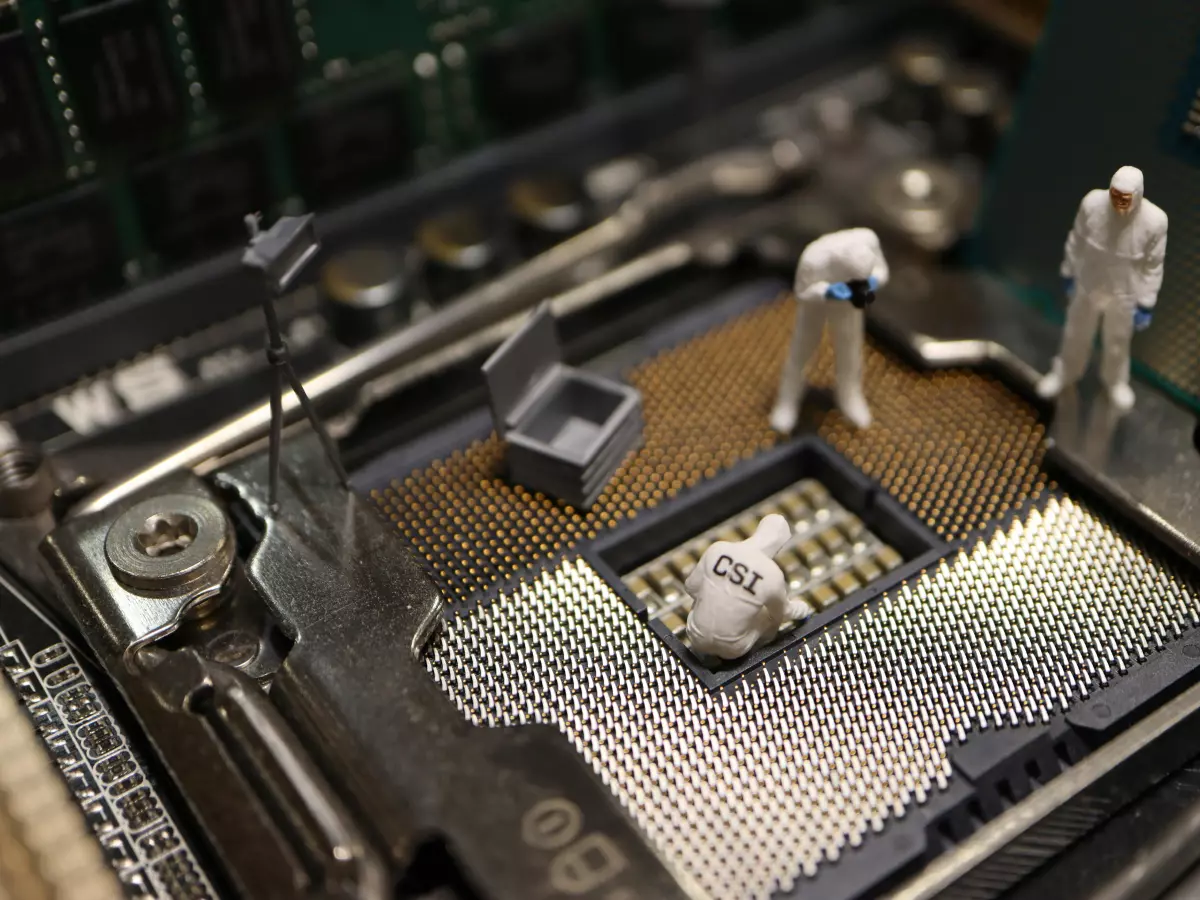Disconnected Defense
Think your data is safe because it’s behind a firewall? Think again. Hackers are evolving, and so should your defenses.

By Sarah Kim
Imagine your most valuable possessions locked in a vault, not just behind a door but in a room with no windows, no Wi-Fi, and no way for anyone to sneak in. That’s the essence of air-gapping in cybersecurity—a strategy that isolates critical systems from external networks entirely. It’s not just a buzzword; it’s a fortress for your data.
Air-gapping is the cybersecurity equivalent of pulling the plug. By physically disconnecting sensitive systems from any network, you create an environment that’s virtually impenetrable to remote attacks. But let’s not get ahead of ourselves—this isn’t a silver bullet. It’s more like a shield that works best when paired with other defenses.
What Exactly Is Air-Gapping?
At its core, air-gapping involves isolating a computer or network so it cannot connect to the internet or other external networks. Think of it as a digital island, cut off from the mainland of cyberspace. This technique is often used in industries where data breaches could be catastrophic, like finance, healthcare, and government operations.
For example, nuclear power plants often use air-gapped systems to control critical operations. The idea is simple: if a hacker can’t reach the system, they can’t compromise it. But here’s the kicker—air-gapping isn’t foolproof. It’s a strong layer of defense, but it requires meticulous implementation and maintenance to be effective.
How Does It Work?
Air-gapping works by creating a physical barrier between your sensitive systems and the outside world. This can be as simple as unplugging a computer from the internet or as complex as designing an entire network architecture that ensures no external connections are possible.
Data transfer in air-gapped systems is usually done via physical means, like USB drives or external hard drives. While this minimizes the risk of remote attacks, it opens the door to insider threats and human error. Remember the Stuxnet worm? It infiltrated air-gapped systems through infected USB drives, proving that no system is entirely invulnerable.
Why Should You Care?
In an age where ransomware and data breaches are becoming alarmingly common, air-gapping offers a level of security that’s hard to match. It’s particularly useful for protecting sensitive information like financial records, intellectual property, and classified government data.
But let’s be real—air-gapping isn’t practical for everyone. It’s best suited for environments where the stakes are sky-high, and even a minor breach could have devastating consequences. For most businesses, a hybrid approach that combines air-gapping with other cybersecurity measures like firewalls and intrusion detection systems is more feasible.
Challenges and Limitations
While air-gapping sounds like a dream come true, it’s not without its challenges. For starters, maintaining an air-gapped system can be a logistical nightmare. Data transfers require physical access, which can slow down operations and increase the risk of human error.
Then there’s the cost. Setting up and maintaining an air-gapped system isn’t cheap, making it a tough sell for smaller organizations. And let’s not forget the insider threat—employees with access to the system could still compromise it, intentionally or otherwise.
Is It Worth It?
The answer depends on your specific needs. If you’re running a nuclear power plant or managing classified government data, air-gapping is a no-brainer. But if you’re a small business owner, it might be overkill. That said, understanding the concept can help you make informed decisions about your cybersecurity strategy.
Air-gapping isn’t a one-size-fits-all solution, but it’s a powerful tool in the right hands. It’s like having a secret weapon in your cybersecurity arsenal—use it wisely, and it could save you from disaster.
So, is air-gapping the ultimate cybersecurity solution? Not quite. But it’s a critical piece of the puzzle, especially in a world where cyber threats are becoming more sophisticated by the day. Think of it as your digital moat, keeping the bad guys at bay while you focus on what matters most.
In the end, the best defense is a layered one. Combine air-gapping with other cybersecurity measures, and you’ll be well on your way to building a fortress that even the most determined hackers can’t breach.
Because when it comes to cybersecurity, it’s better to be paranoid than sorry.





